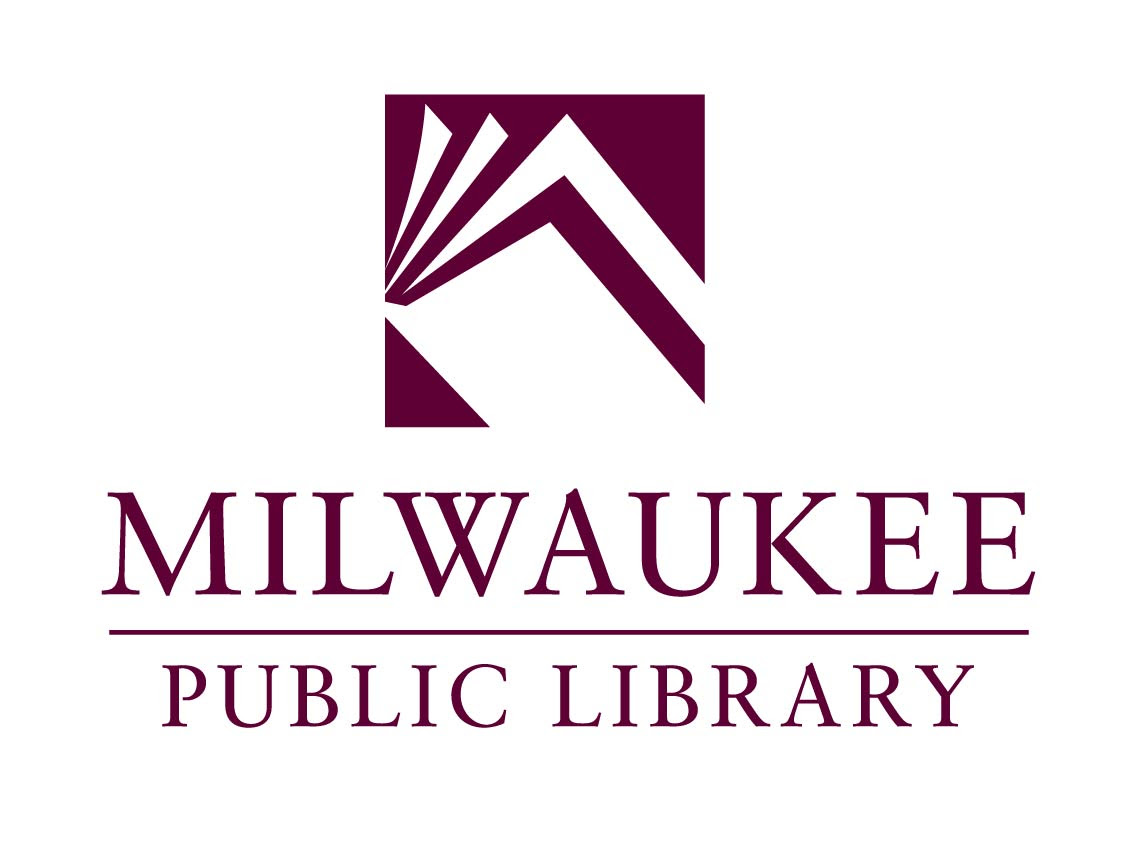Occult Docupoesis
Prompt Against Anxiety #19 | from Kimberly Alidio. She is the author of : once teeth bones coral : (Belladonna* 2020) and why letter ellipses (forthcoming from selva oscura).

Author photo credit: Sarita See and Jan-Christian Bernabe
In your/our particular space-time in the abolitionist horizon, anxieties provide useful information. Anxiety is a close kin to anticipation and excitement. Anxiety can be free-floating because it brings news of a shift occurring in dualistic realms: internal and external, for example. Structural and intimate is another pairing. In-your-face change and barely detectable change make up yet another set of dual realms. The pairings themselves shift simultaneously and asynchronously. So what to do, except to “be”?
The poesis of change could make for poetry. Such composing is also part of the flux. Sometimes you gotta focus. Sometimes you gotta open wide to all the peripheries in an effort to decenter what stands central. Sometimes you’re in the last throes of a cycle. Sometimes you gotta call yourself in.
In this prompt, you will need something you consider to be a document. For the purpose of this prompt, a document is something that carries mysteries of meanings and presence. It can be prosaic and secular. For instance, a collection of bureaucratic policy language from your workplace about safety and money in light of the pandemic might be ripe for close reading. Or it can be private in a sort of revelatory way, ie., a photograph of a close family member might suggest a smile you’ve never imagined from this person. While discourse theory or a conversation over Skype might respectively shed answers to what these documentary sources mean, this prompt invites you to dwell on the occulted mysteries of language (textual, visual, somatic, etc) as a poet.
It has been said, for better or for worse, that poets have the answers. What a poet might have is a familiarity with the art of training the senses to external signs in a long process of accessing one’s inherent purpose, liberation drive, wisdom, and, even, divinity.
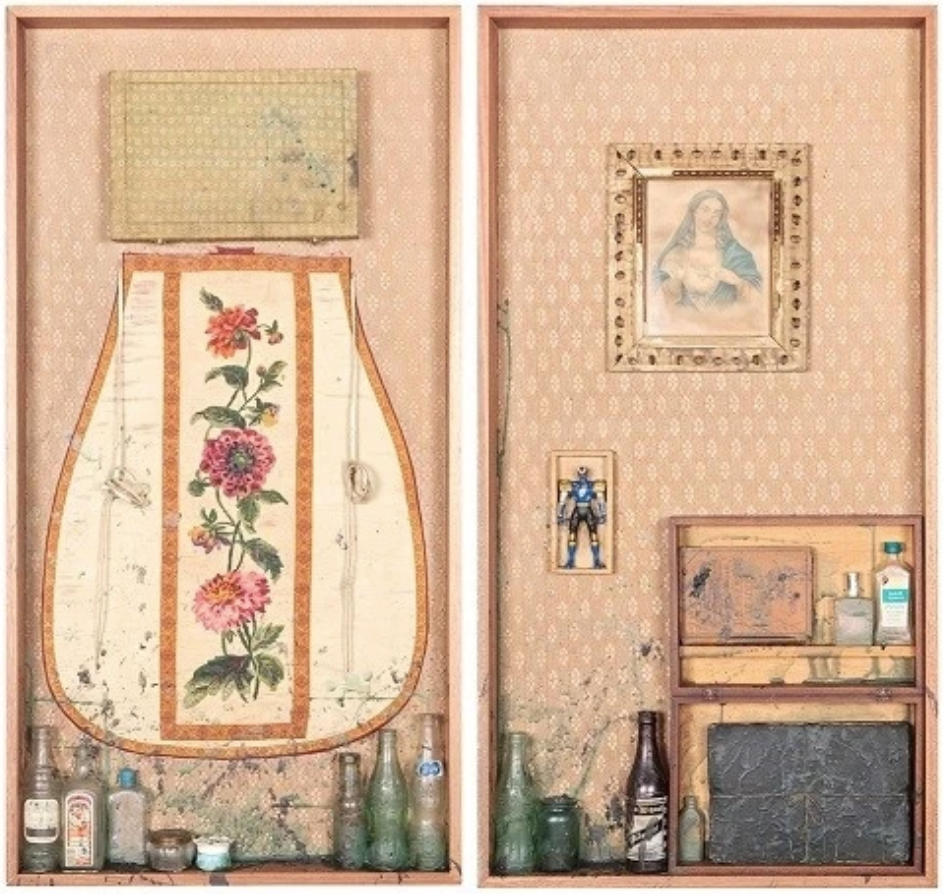
Norberto Roldan, The Beauty of History 1, 2010
Introduction
Before we begin, I acknowledge relevant conversations among Writing Against Anxiety prompts previous to mine:
- Rosa Alcalá: “Over time, my increasingly complicated feelings about her presence in the photograph has kept me from writing about it. In response to my own impasse, I've created this exercise.”
- Jay Besemer: “Consider working with and challenging the narratives of work visas; green card applications; rental agreements; school transcripts; police reports; birth, death, or marriage certificates; hospital, prison, or military discharge papers, etc. Imagination can be revolutionary when used to interrogate the everyday products of bureaucratic violence.”
- Ana Božičević: “This is a fantastic time to revisit and build personal mythologies. Slight hallucinations from contact deprivation may be a bonus!”
- CA Conrad: “It felt essential to begin this (Soma)tic poetry ritual by studying the things human beings had to reach through their creative powers to give us.”
- Stacy Szymaszek: “It’s astonishing to me what solid company the dead can make.”
This prompt brings together two modes of poem-making: occultism and documentary poetics. In the U.S. poetry context, both arise from the radical modernists and continue into contemporary practice. Devin Johnston traces the occultist poetics to H.D., Robert Duncan, and James Merrill. I would loop in Hannah Weiner, Anne Waldman’s mystical Vajrayana Buddhism and Bhanu Kapil’s performative poetic prose. Documentary poetry (or docupoetry) has coalesced around William Carlos Williams, Charles Reznikoff, Muriel Rukyeser, Ed Sanders, and CD Wright. It continues in the work of Layli Long Soldier, Mark Nowak, Solmaz Sharif, Susan Briante, Craig Santos Perez, M. NourBese Philip, and cheena marie lo. Some may say Susan Howe’s communion with historical archives and the visual dimensions of text is one instance where occultism and docupoetry intersect. Howe is present among the feminist avant-garde poets whom I call upon as The Hierophants, including Brenda Hillman, Theresa Hak Kyung Cha, Akilah Oliver, Rachel DuPlessis, and Catalina Cariaga.
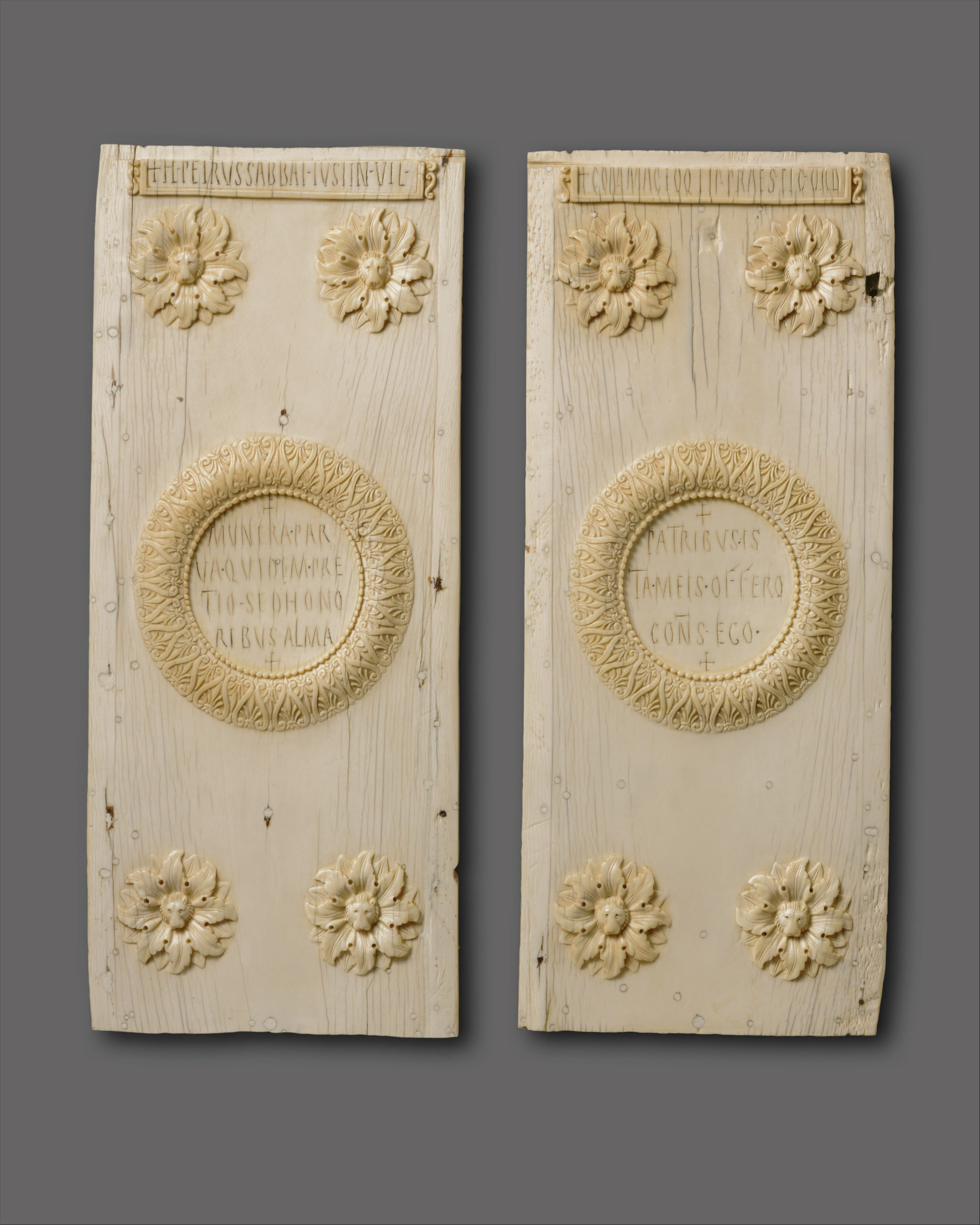
Diptych Announcing the Consulship of Justinian, 521
The Prompt
1. Position your document in relation to your body reverently. Ideally, this would be in your space of writing, dreaming, contemplating.
Create a situation in which you bravely face the dualities of the cosmos within and without the document. The primary duality is you and the document, in conversation, conflict, and conspiracy.
In this situation, your poem-text — the opposing complement to the document — is being written.
Consider that the document is one panel of a diptych and whatever you record of your poignant interactions with it forms the diptych’s second panel. A diptych is a portable object of private devotion. Before that, it was a hinged notebook in which someone like a consular agent wrote, erased, and wrote again.
In the palimpsest of the diptych, your poesis neither replaces the document nor erases it. You are not representing it but rather creating a companion text, perhaps mirroring it. Between two panels of a mirror are infinite reflections and depth where there is no fixed original.
2. Generate text, language, drawings, associations. Look critically at the document in the way that Rachel Blau du Plessis looks at poetry:
"the odd detail, the clashing word, the weird thing that rubbed me against the grain often was like a pinhole onto large-scale contradictions and social thinking. Those pinhole moments opened whole worlds of debates and ideologies current at the time (of the early modernist poets) and did so in the condensed mode of poetic techniques. Things like the hanging 'Klein' in a T.S. Eliot poem (when has a proper noun like that ever jumped both over a line break and stanza break?) or the visual-cultural compression of 'Pig Cupid ...rooting' in a Mina Loy poem, or the words 'besides' and 'then' and 'I am' in a Langston Hughes poem. If one stayed alert for those bumps and knots—a lot could be inferred and postulated and found. Word choice, semantic images, syntax and line break seemed to be a point of contact between poetic language and social world views in the poets without having the poems be polemical documents."
3. Activate the text of the document with your voice, body, and spiritual knowledge. Get distracted but try to leave a trace of where your body-mind goes.
Intone the text. Recall that many talismanic amulets, as Johanna Drucker has studied, are inscribed with spells that need to be read aloud to set the magic in motion.
Look carefully at the visuality of text. Attend to the haptic, embodied aspects of images. Attune to the quiet and loud noise of the document, as Tina Campt has listened to South African apartheid prisoner photos.
Without resorting too much to the trained Romanticism of our imaginations, pay attention to clues of the hands that composed the document, processed it, handled it, stored it. Engage collective powers of remembering to recall the ways that atmospheric elements of light, air, and dust have alchemized this document.
Write the transformations in the space and situation of communing with the document. Move along the dualities of internal and external, ephemeral and constant, structural and intimate.
Let the text and markings you’ve made in this process stand as a poem in itself.
4. If you’d like to continue working and forming the poem, repeat this process with the text and markings you made in your initial session of occult docupoesis.
Prompts Against Anxiety is sponsored by Milwaukee Public Library, an anchor institution that helps patrons read, learn, and connect—to our resources and our community. Now more than ever, stay connected, stay home, and stay safe.
More from this series
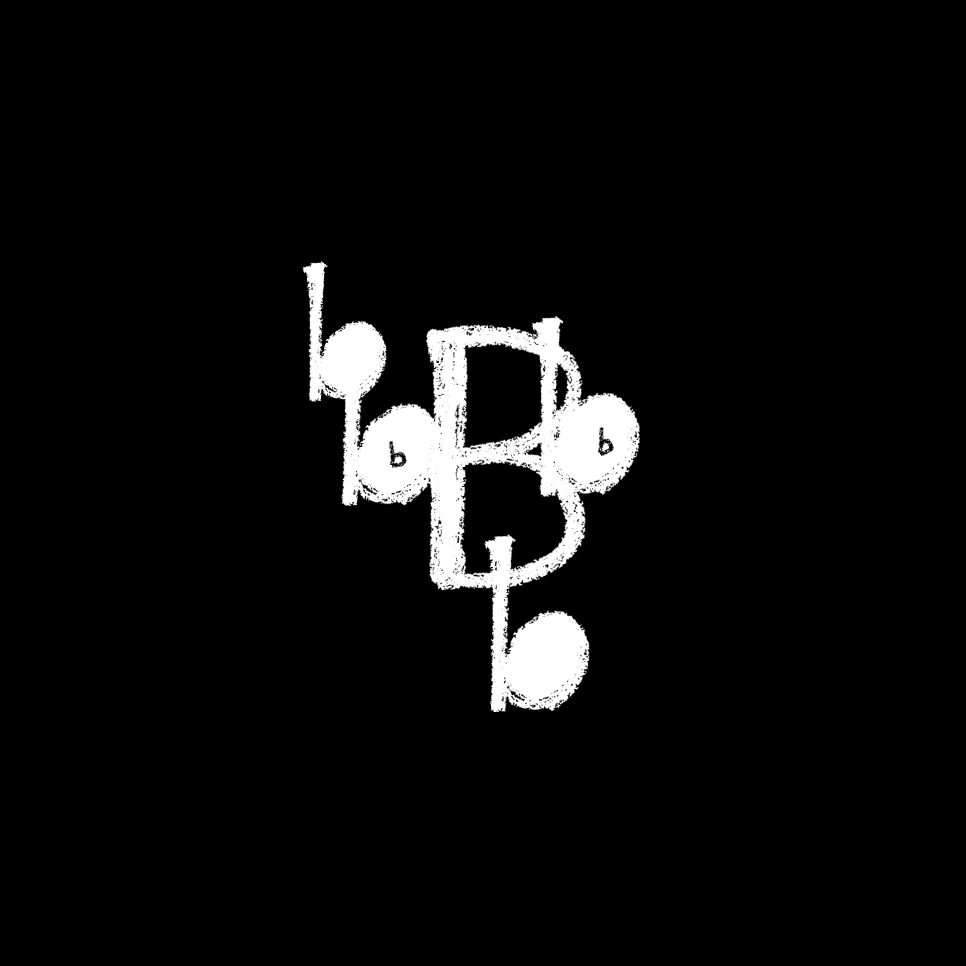
The Word was in the beginning but it is made of letters.Prompt #40—giovanni singleton

Write in NaturePrompt #39—Oogie Push
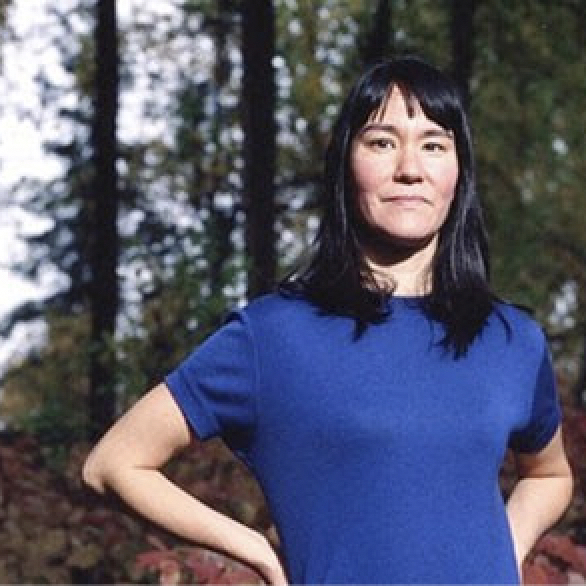
Real FoodPrompt #38—Joan Kane
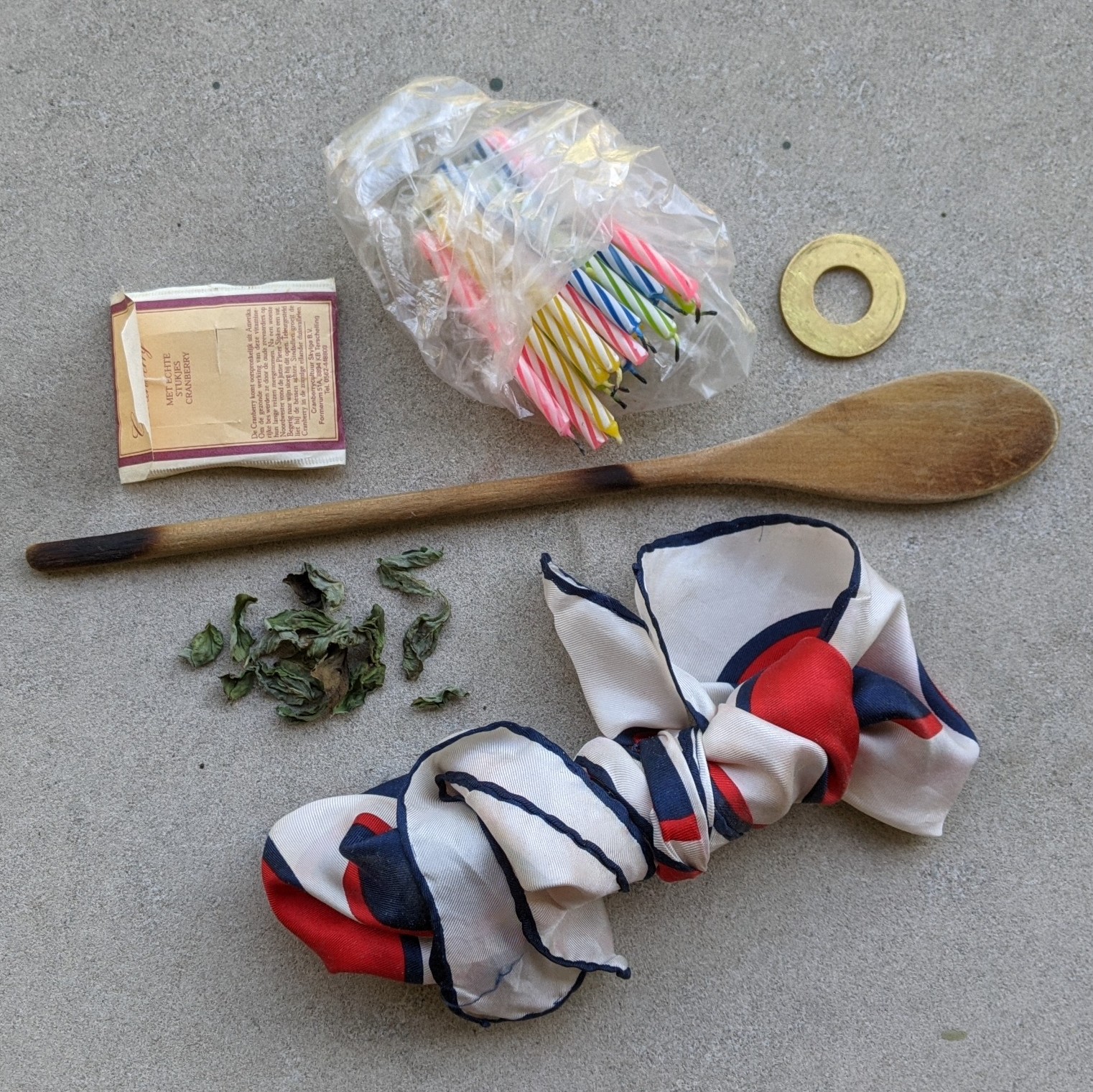
You Don't Need Proust to Smell GoodPrompt #37—Elizabeth Hoover
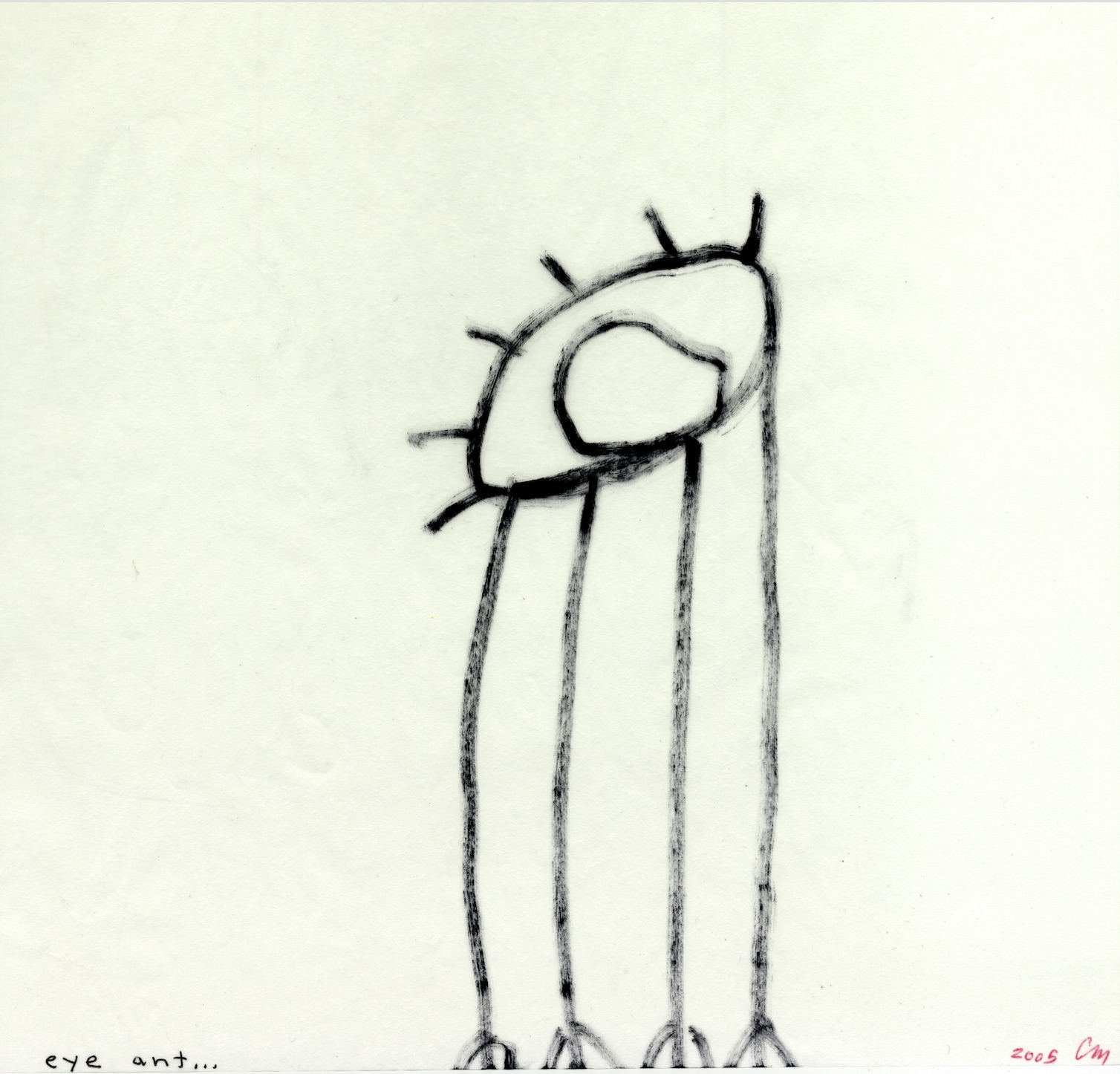
Find Your Own FormPrompt #36—Sawako Nakayasu

Tarot Recall: A Visionary Exercise for the PresentPrompt #35—Laurence Ross

Queers in Love at the End of the WorldPrompt #34—CJ Scruton
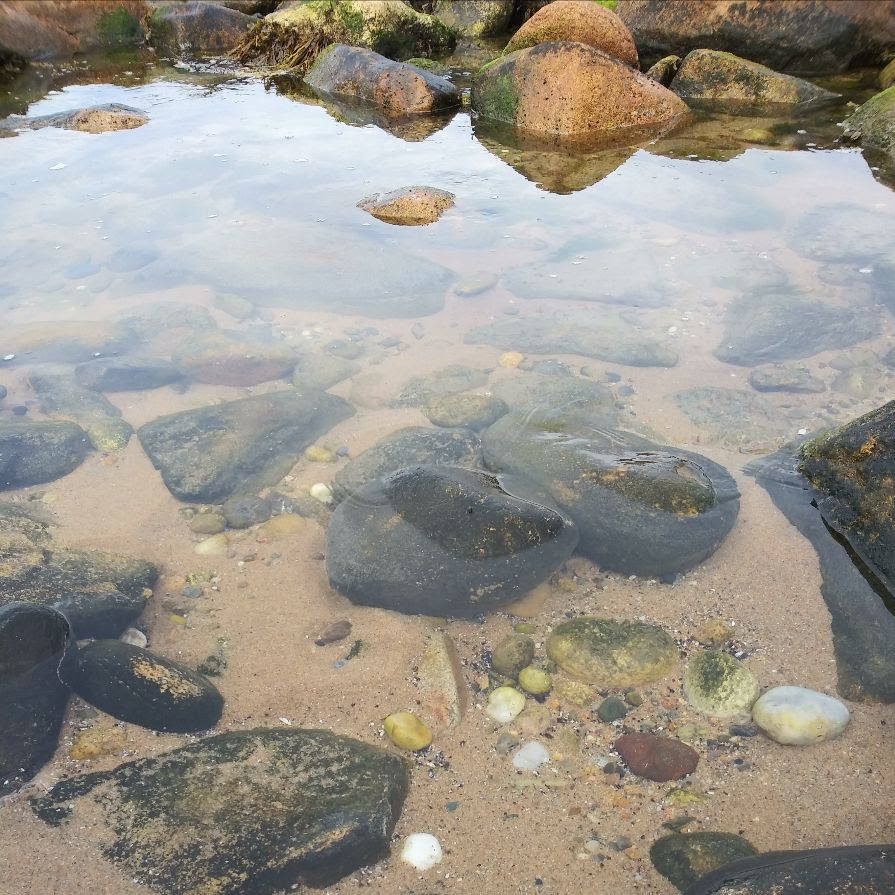
WORKBOOK FOR CHANGE: TWO PROMPTSPrompt #33—Kate Schapira
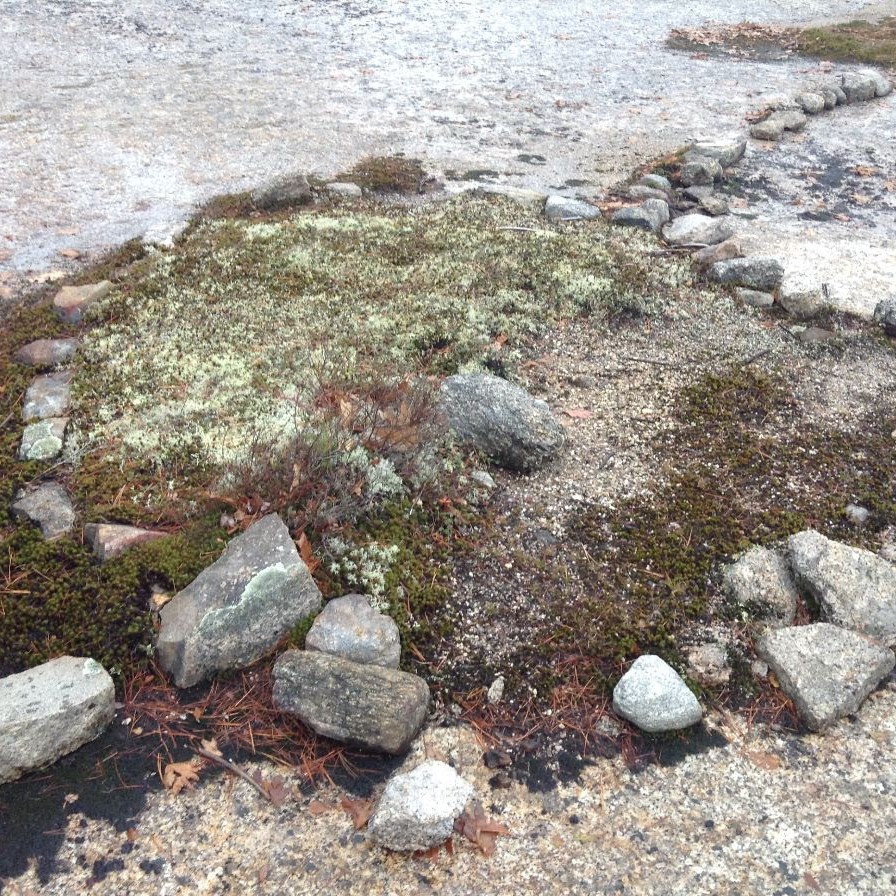
Preparation for the PromptPrompt #32—Lisa Fishman

Collage Your Own Writing PromptPrompt #31—Helen Hofling
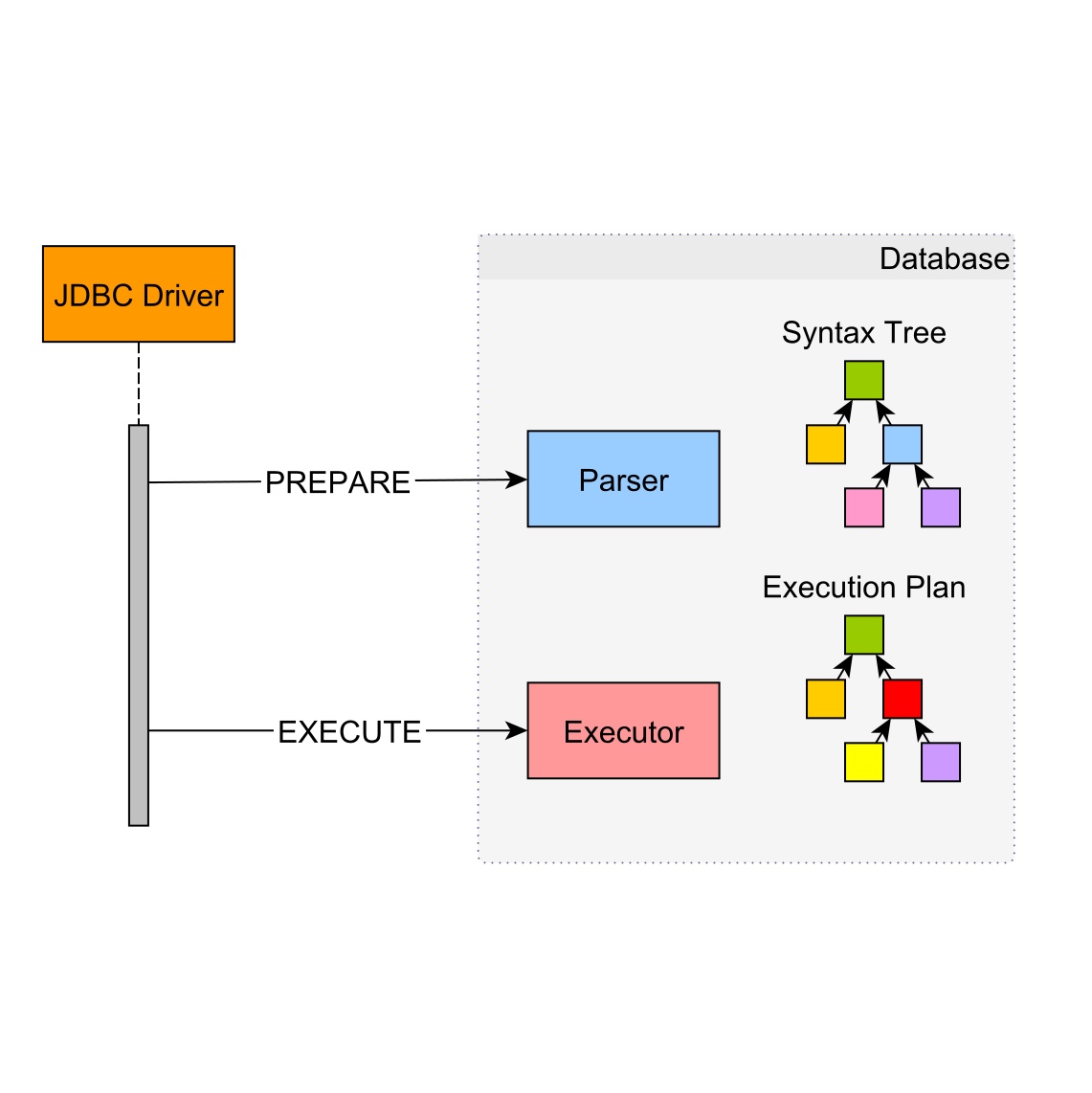
Prepared StatementPrompt #30—Mike Hauser
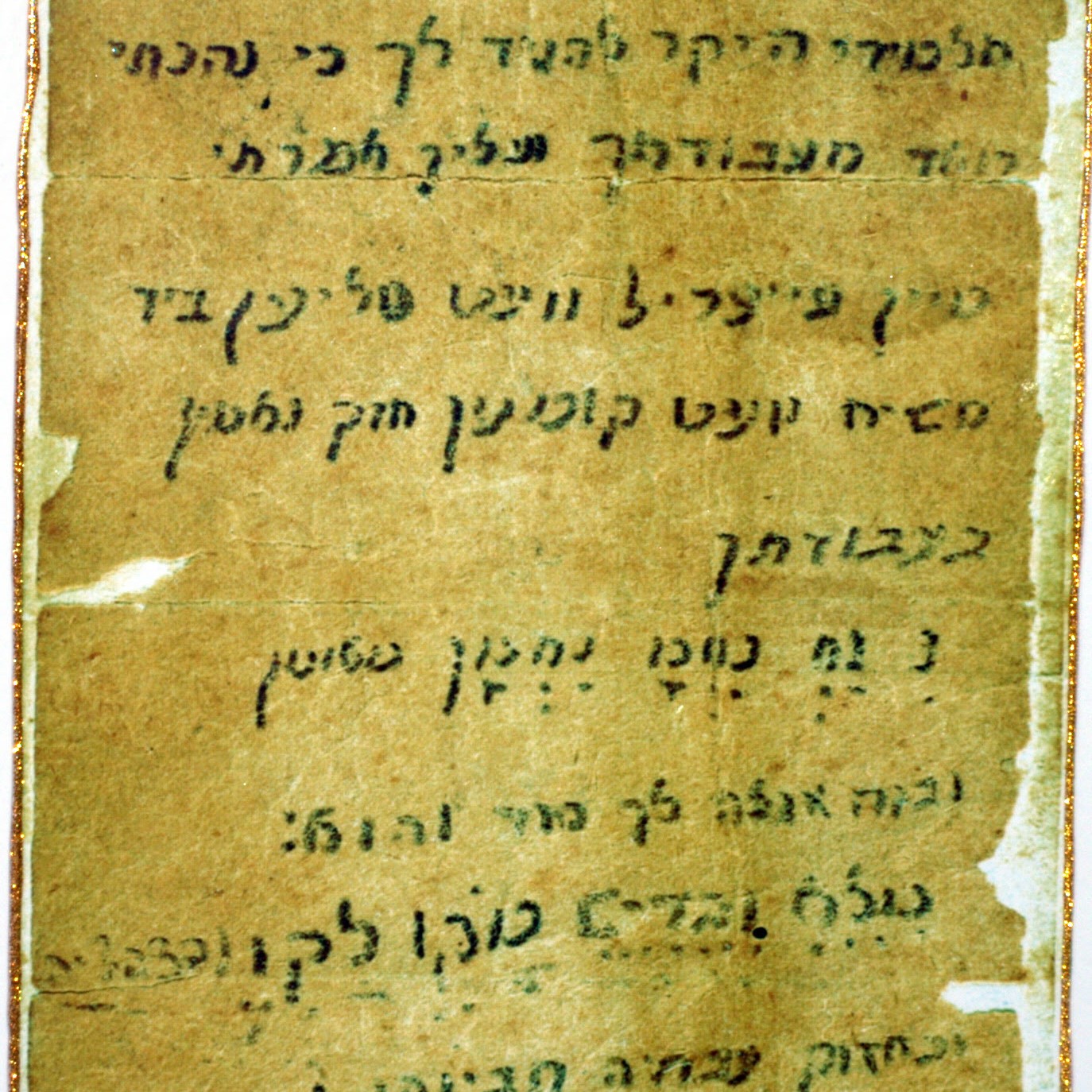
Repeat Repeat WritePrompt #29— Lewis Freedman
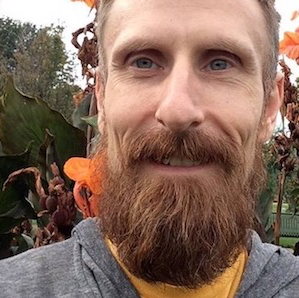
Poetic CorrespondencePrompt #28—Eric Baus

EKPHRASIS YOURSELFPrompt #27—Jennifer Nelson
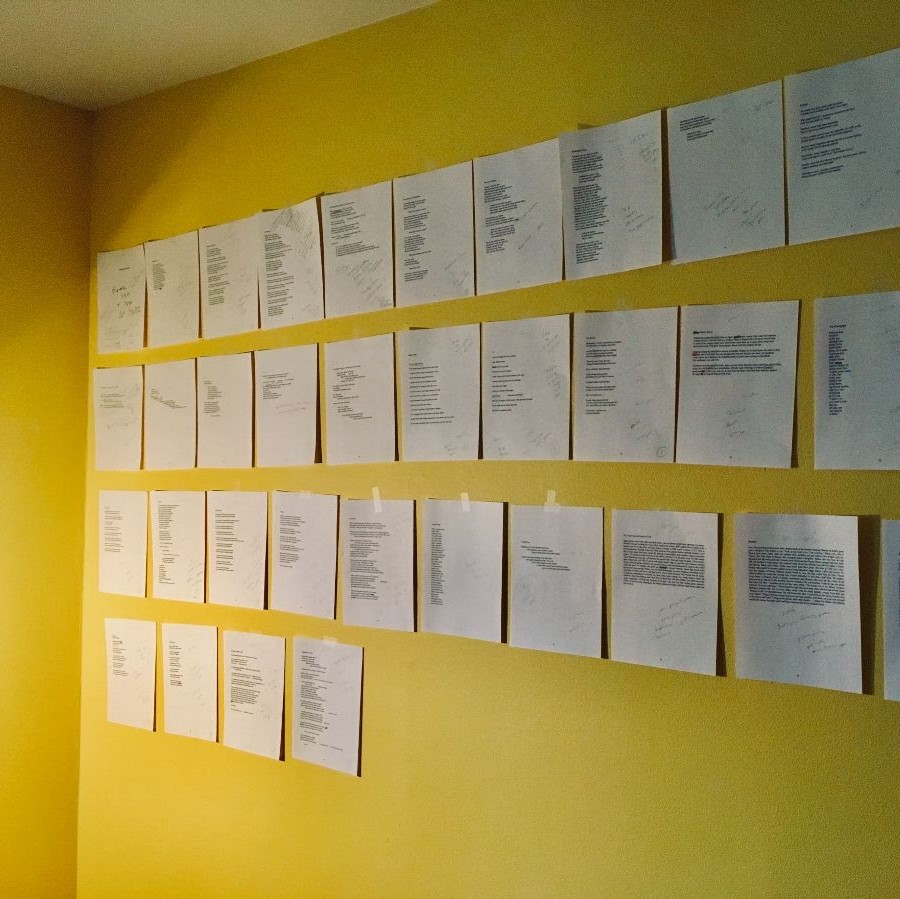
POETRY IS FOR THE PEOPLEPrompt #26—Angela Trudell Vasquez
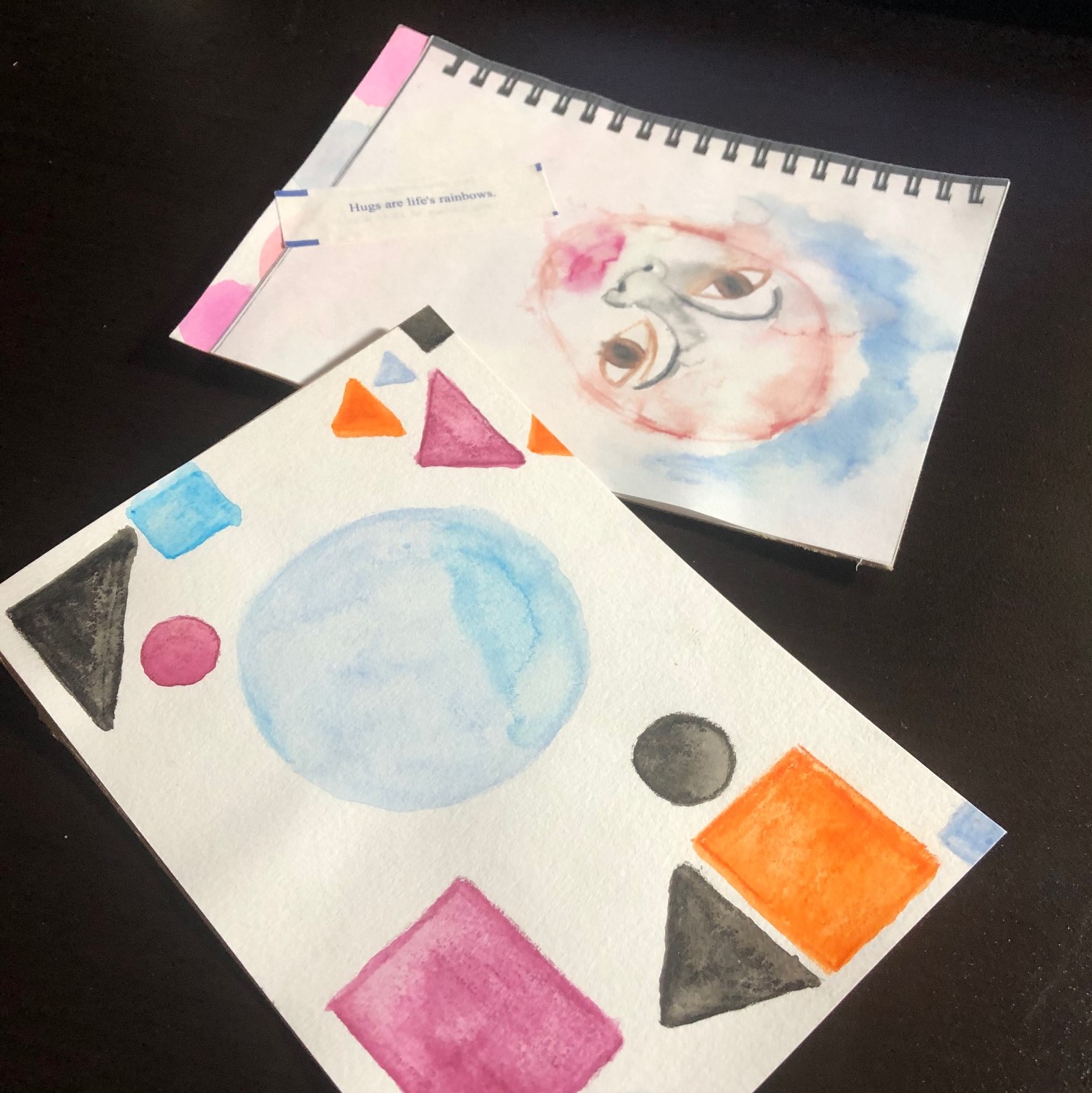
MAIL ARTPrompt #25—Siwar Masannat
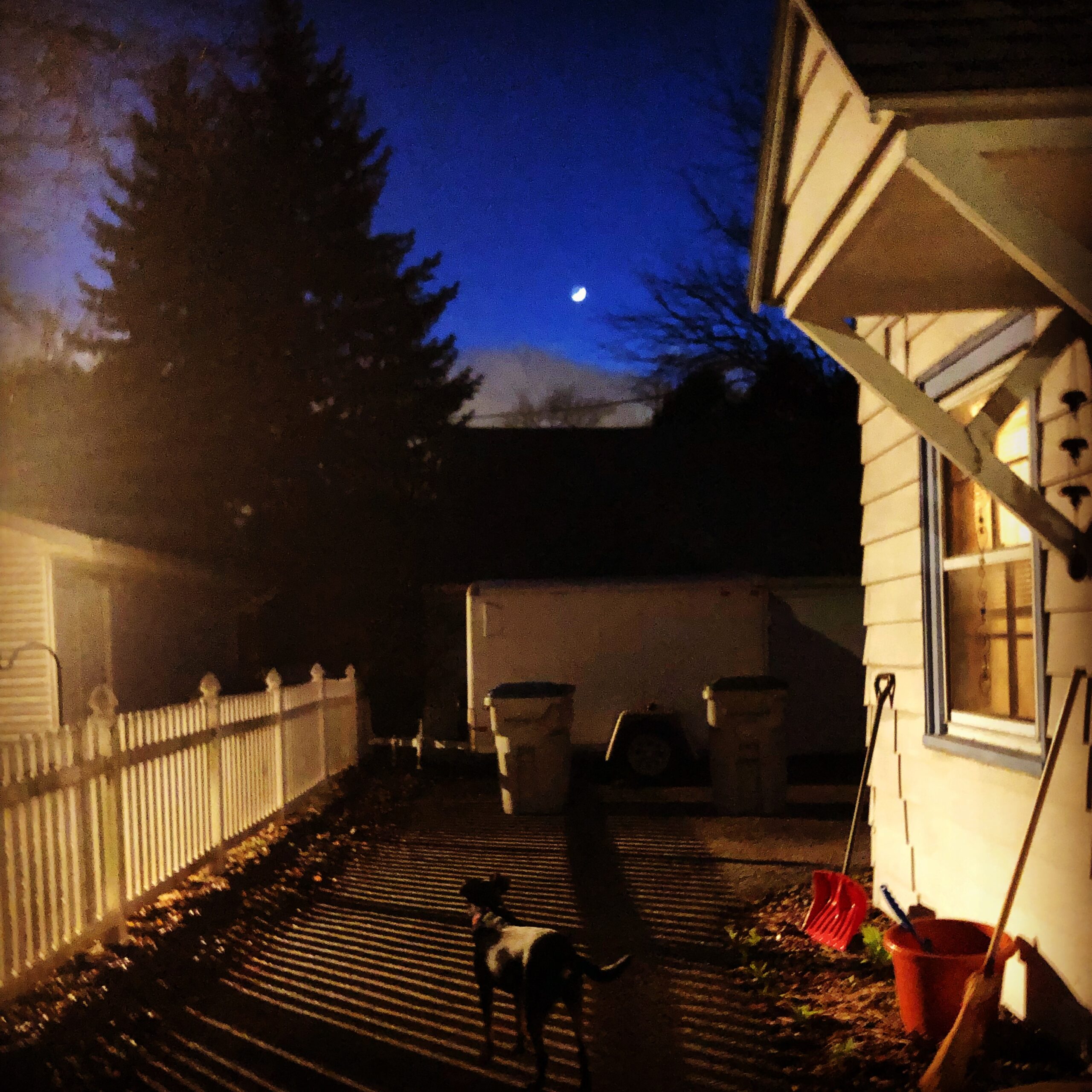
VISUAL POSTCARDSPrompt #24—Portia Cobb
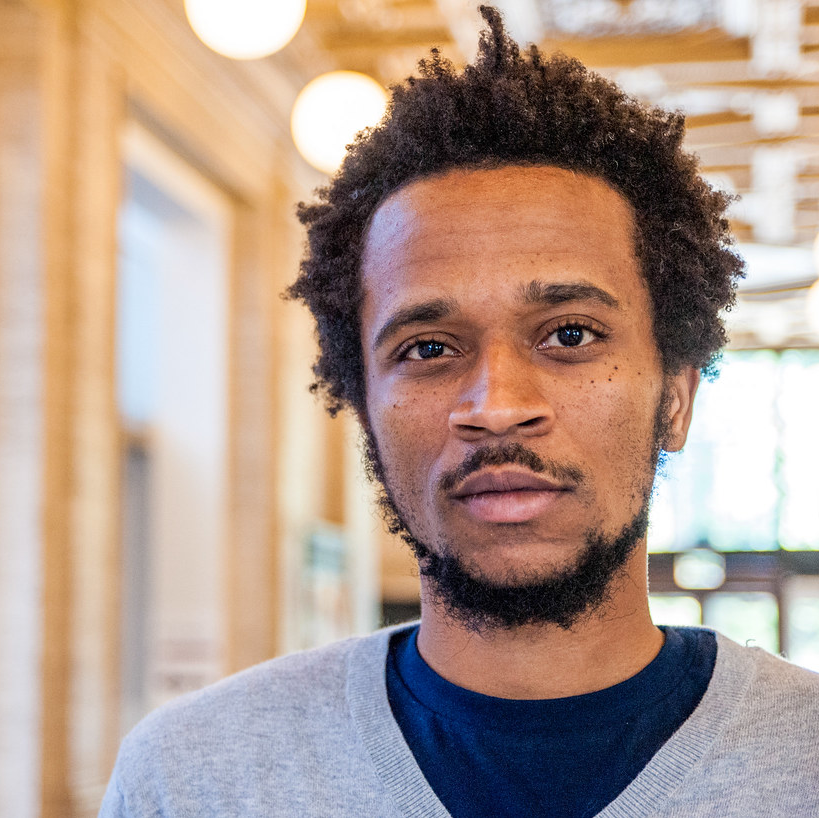
A [LONGER-TERM] DEEP LISTENING PROMPTPrompt #23—Jibade-Khalil Huffman

Humor as Medicine for the SoulPrompt #22—Mauricio Kilwein Guevara

Personification: A Social Justice PromptPrompt #21—Derrick Harriell

Ponge ExercisePrompt #20—Tyrone Williams
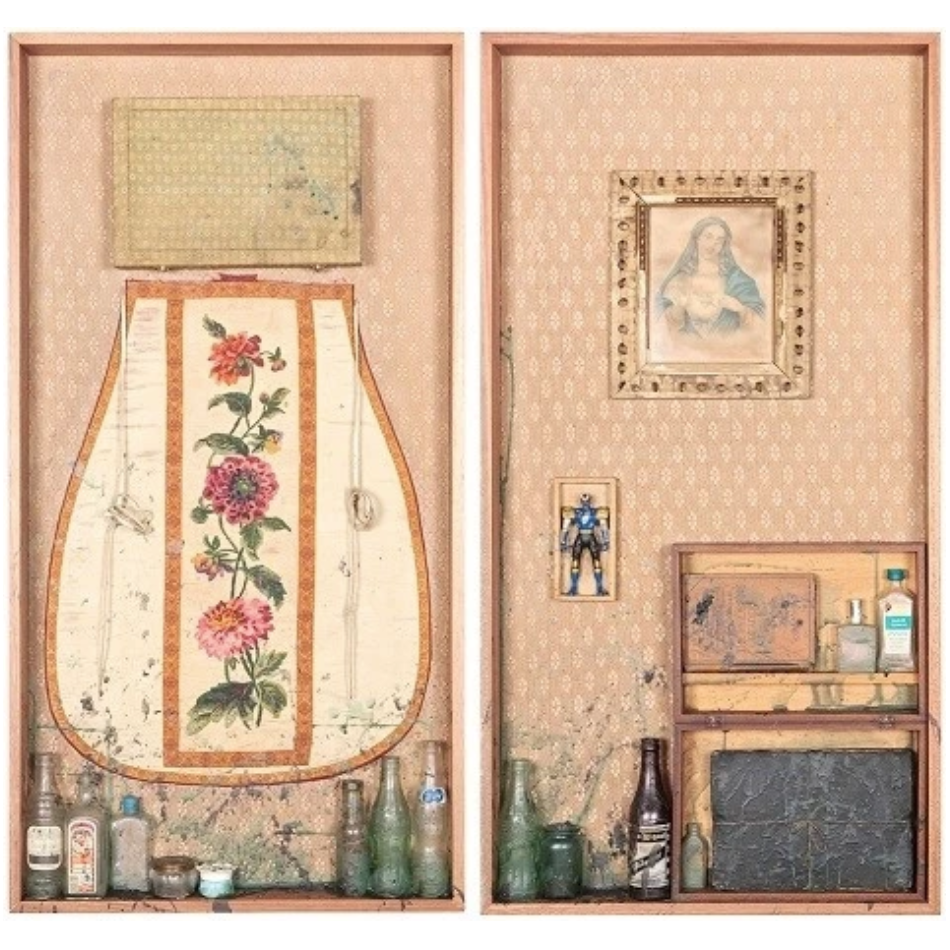
Occult DocupoesisPrompt #19—Kimberly Alidio
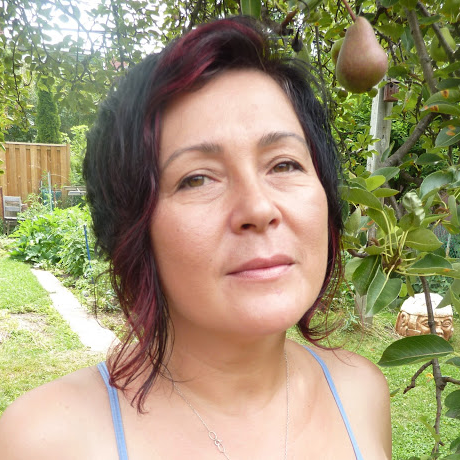
Junk Drawer SongPrompt #18—Hoa Nguyen

TALK TO THE POETSPrompt #17—Stacy Szymaszek
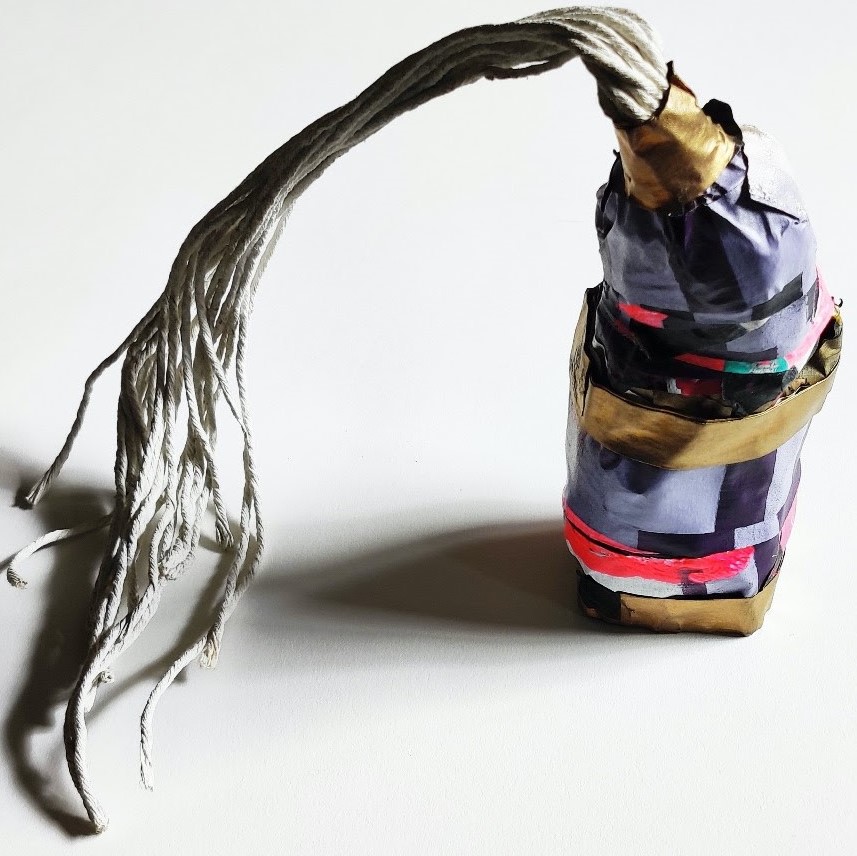
Make-Do Origin Stories & Concrete FuturesPrompt #16—Ching-In Chen
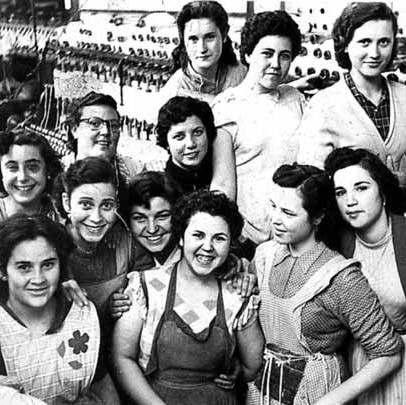
The Family PhotographPrompt #15—Rosa Alcalá
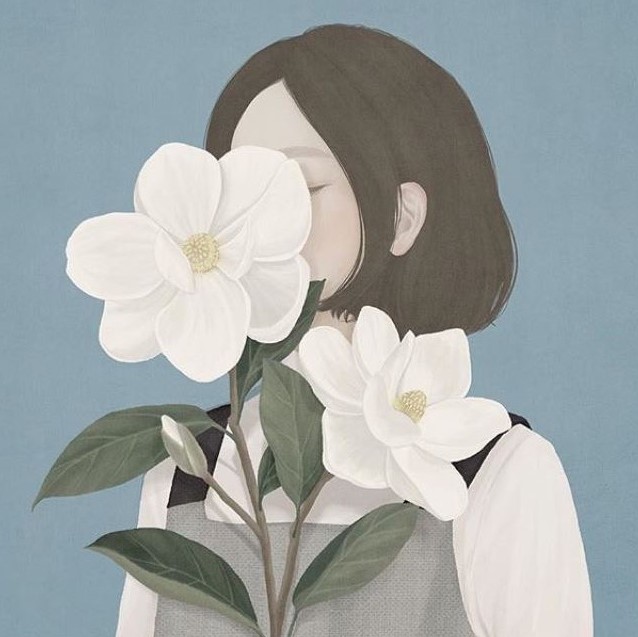
Writing Advice for Your Younger SelfPrompt #14—E.J. Koh
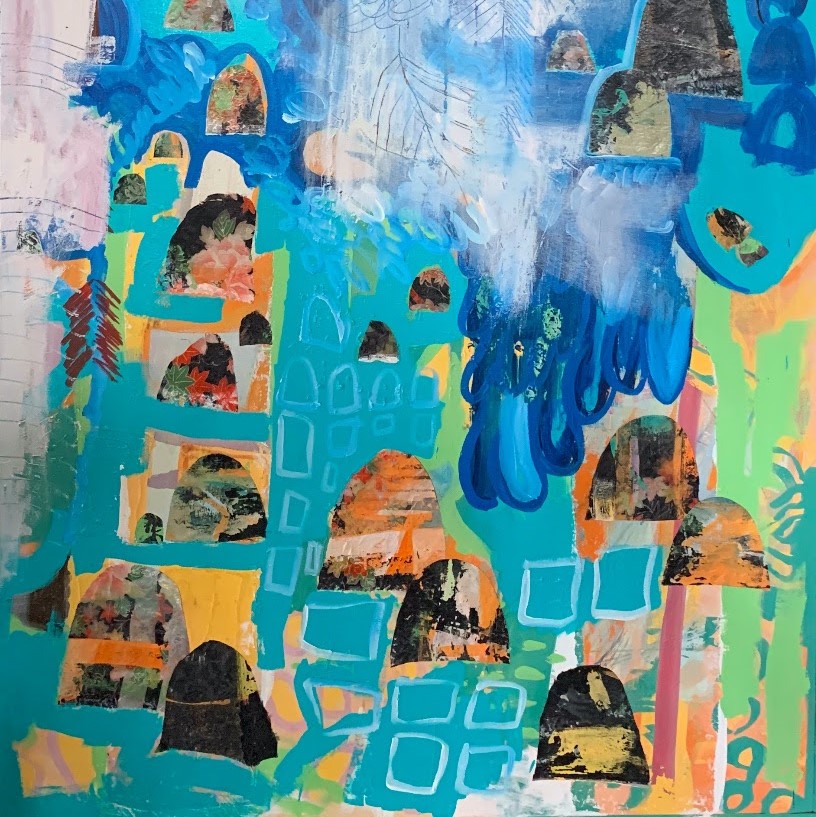
Note(s) to SelfPrompt #13—Stacy Blint
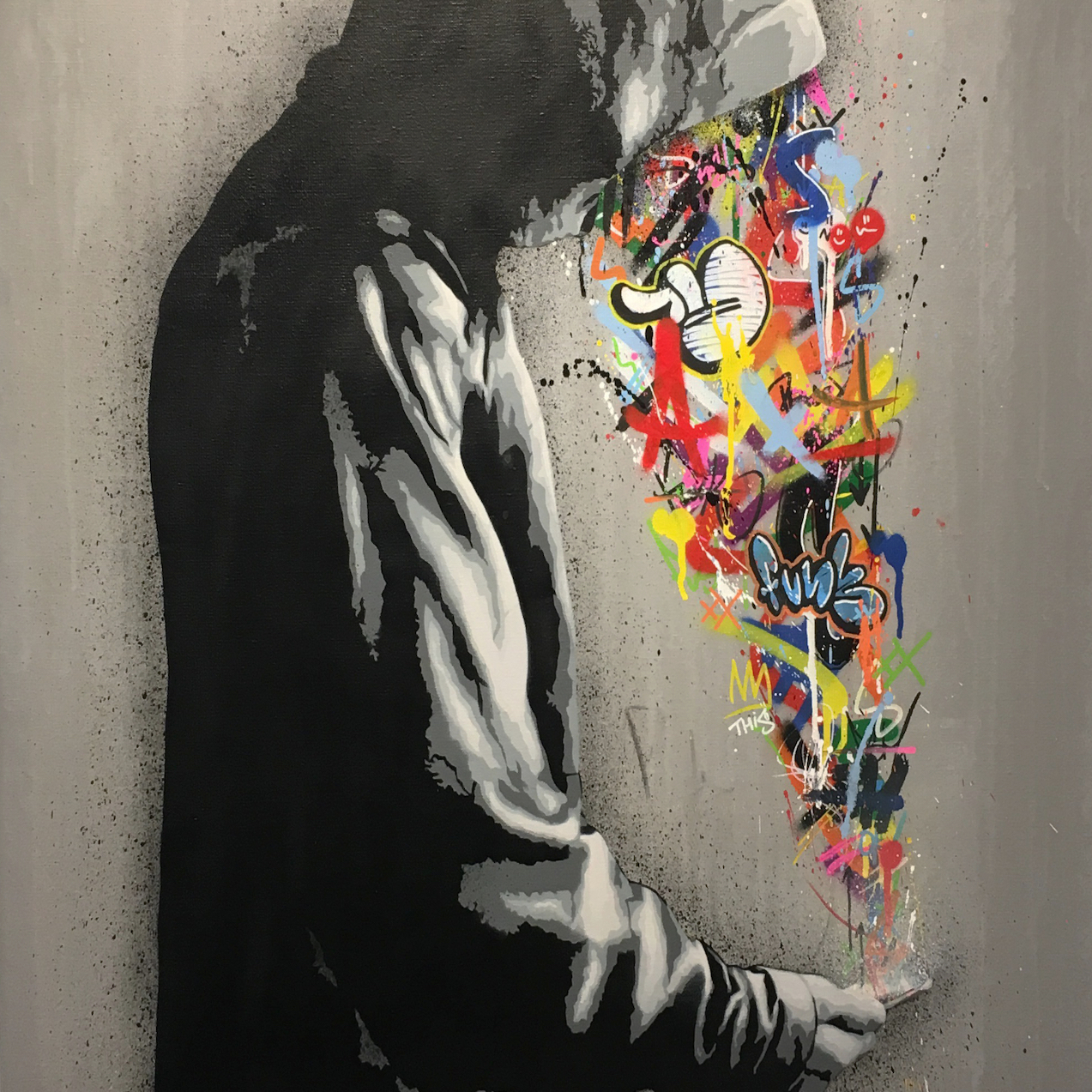
Embracing ConfusionPrompt #12—Bryon Cherry
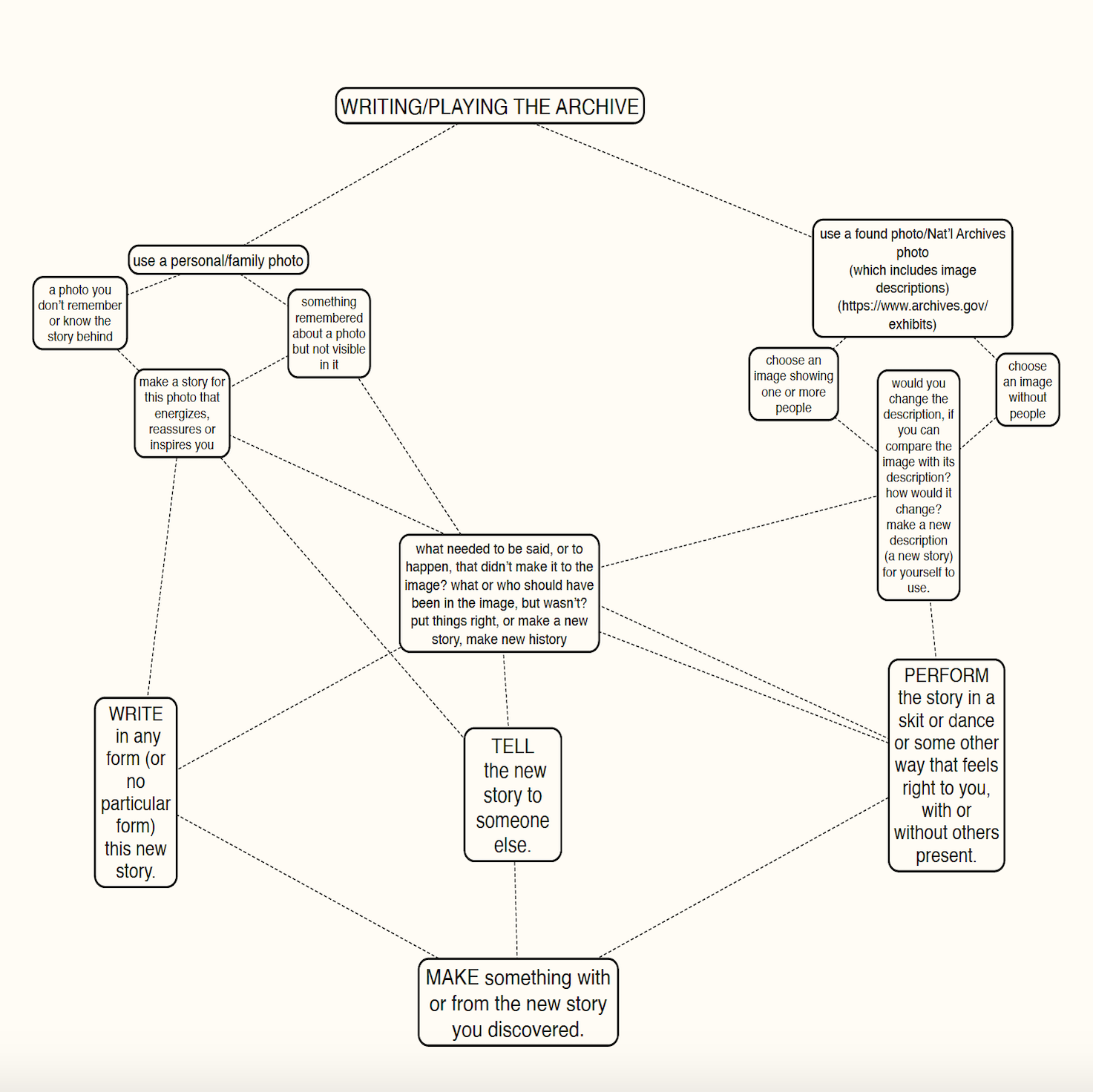
Writing/Playing the ArchivePrompt #11—Jay Besemer

CAPTURED & FREEDPrompt #10—Dasha Kelly Hamilton
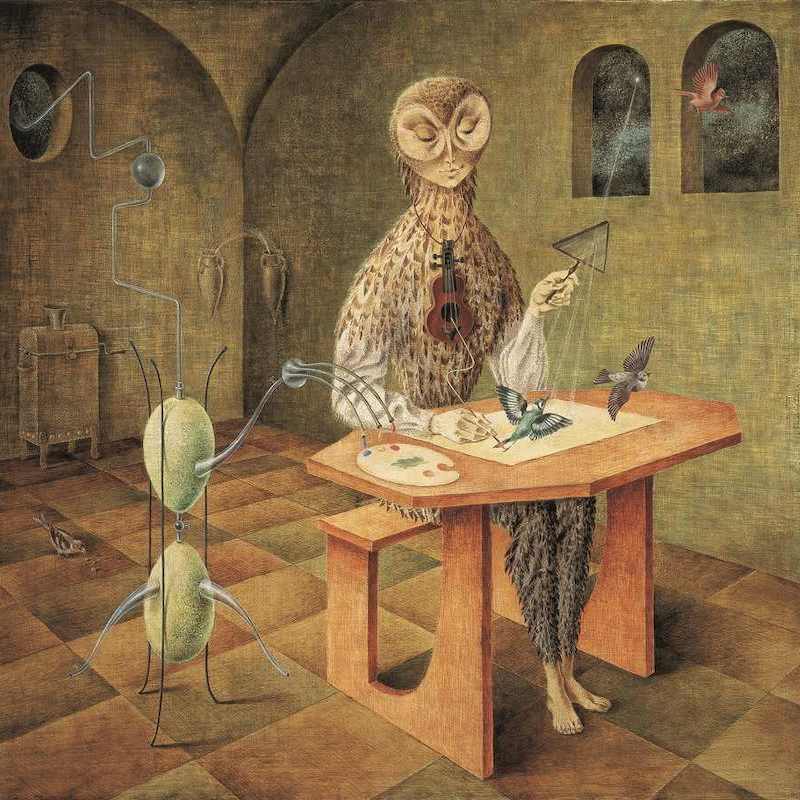
Poetic Exit StrategiesPrompt #9—Ana Božičević

Proyecto ConbífPrompt #8—Erick "CK" Ledesma
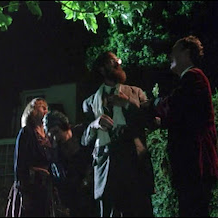
TRILOGYPrompt #6—CA Conrad

Utopian CompromisePrompt #7—Paul Druecke
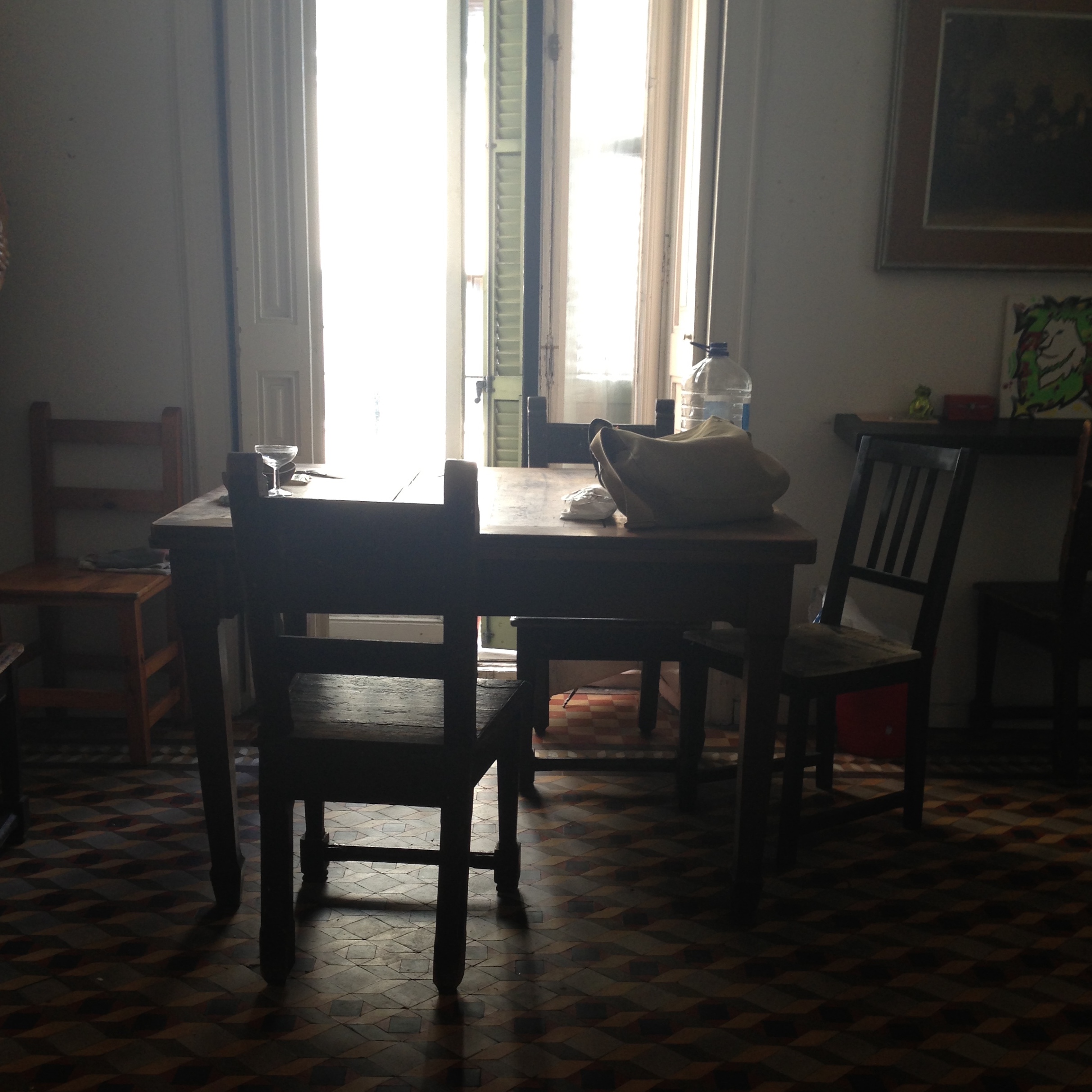
A Series of RoomsPrompt #5—Laura Solomon
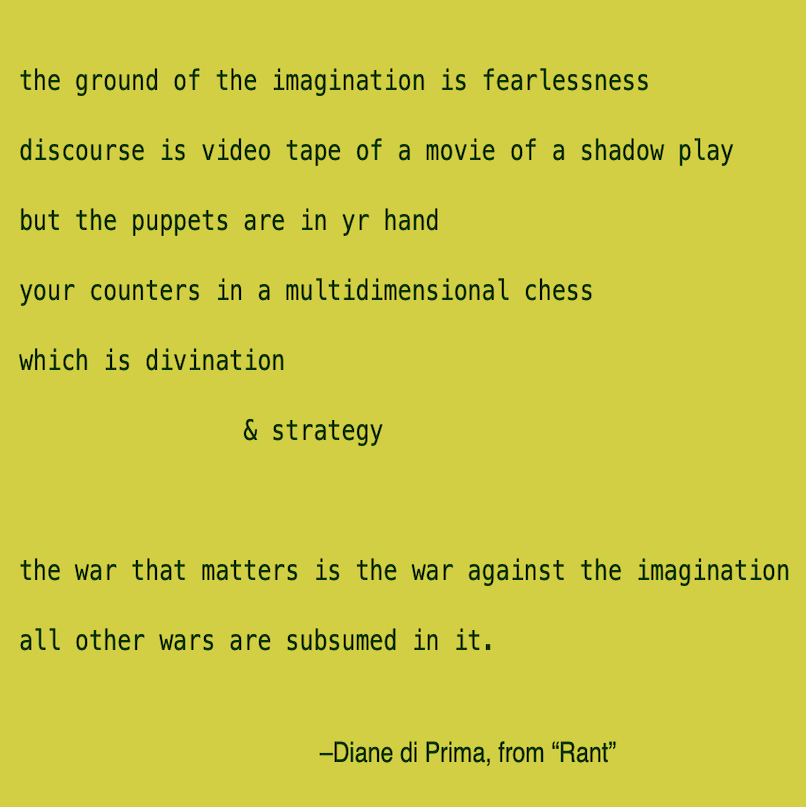
Two Variations on N+7Prompt #4—Jenny Gropp
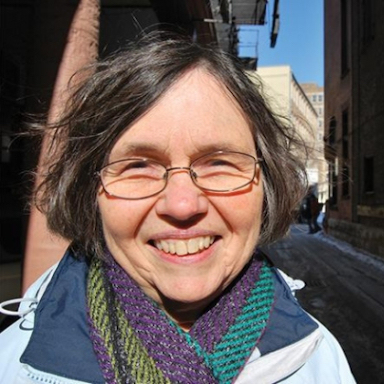
T H E A P A R T / TOGETHERPOEMPrompt #3—Margaret Rozga
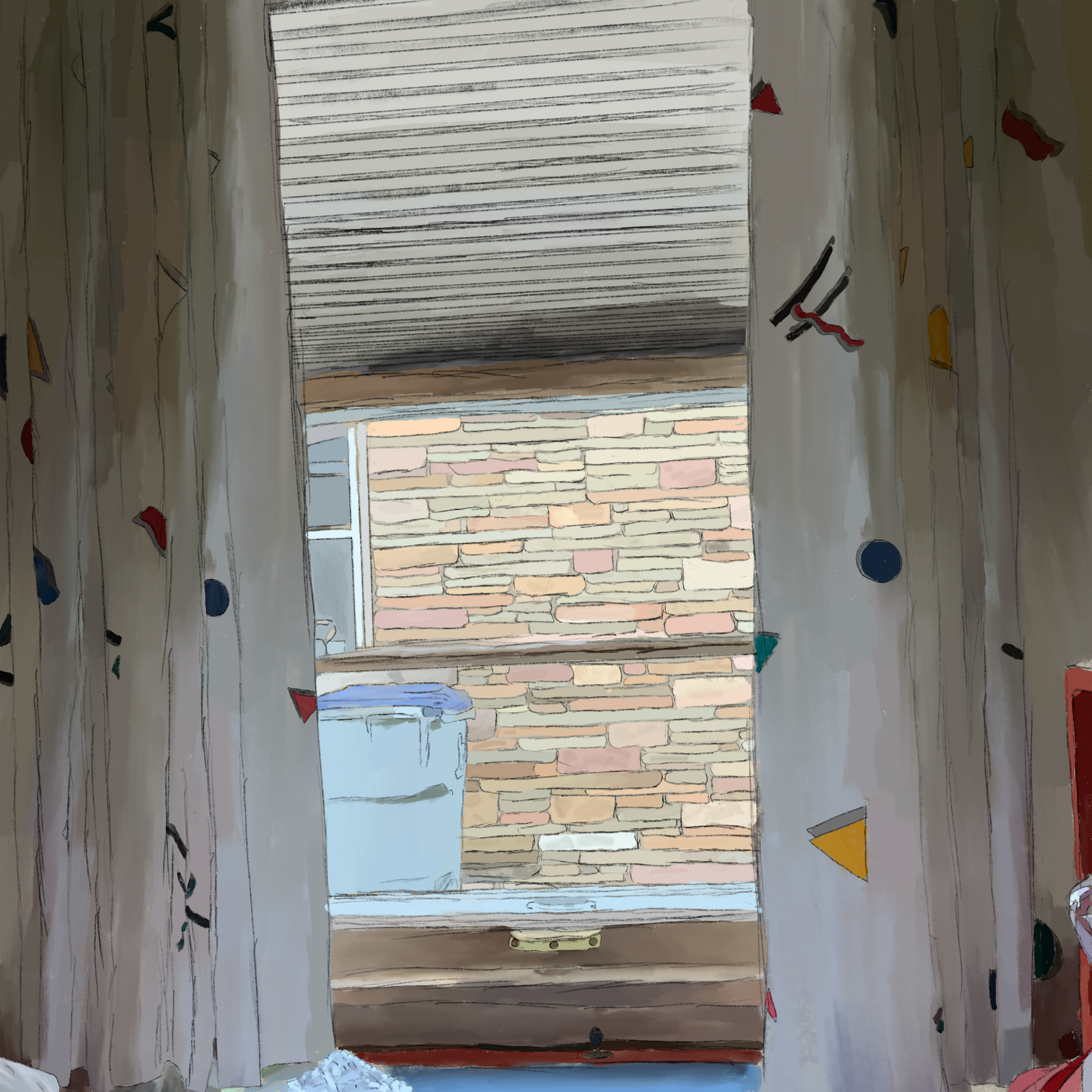
An Exercise in WindowsPrompt #2—Marla Sanvick
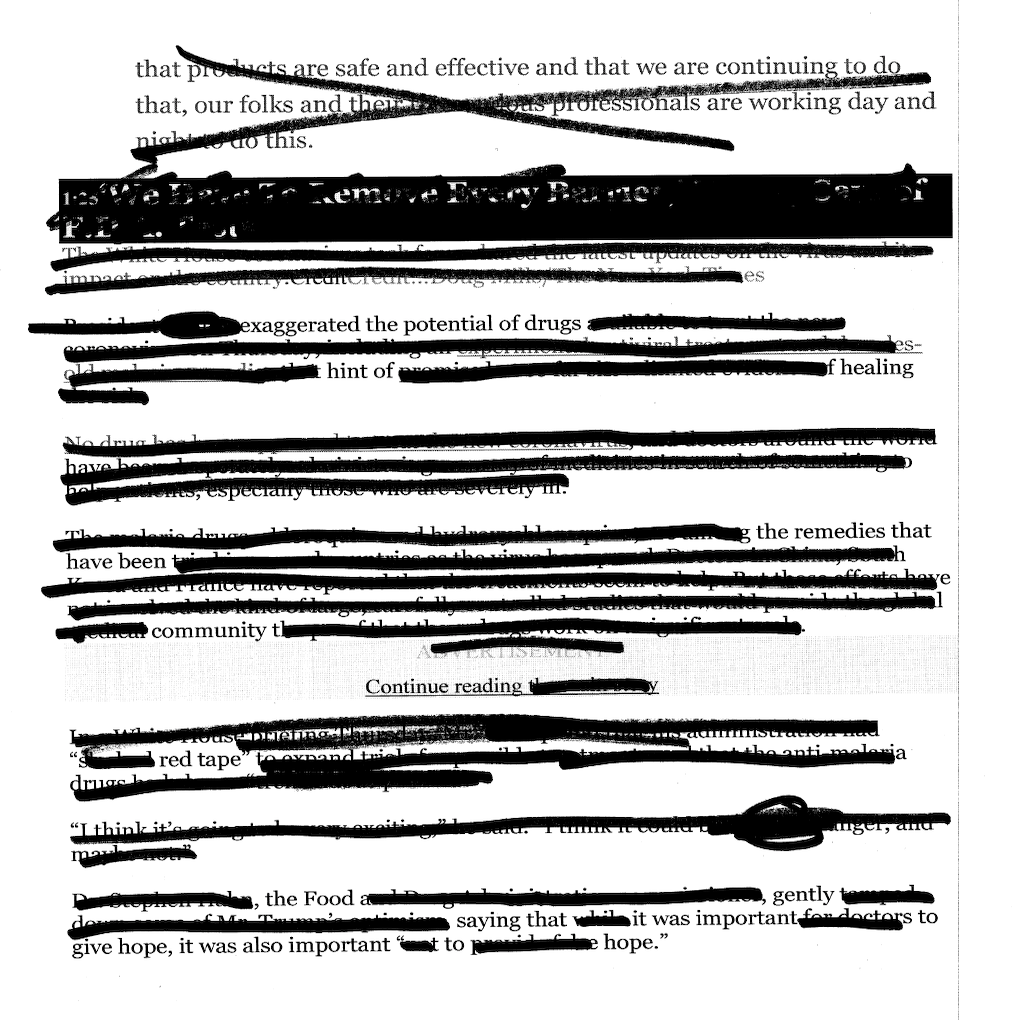
Erasuring AnxietyPrompt #1—Peter Burzynski
We acknowledge that in Milwaukee we live and work on traditional Potawatomi, Ho-Chunk, and Menominee homelands along the southwest shores of Michigami, part of North America’s largest system of freshwater lakes, where the Milwaukee, Menominee, and Kinnickinnic rivers meet and the people of Wisconsin’s sovereign Anishinaabe, Ho-Chunk, Menominee, Oneida, and Mohican nations remain present.
We further acknowledge the grave evil colonialism introduced to these lands through genocide as well as slavery, and also via racist and xenophobic beliefs, laws, and practices that continue to inflict harm upon Black, brown, and Indigenous lives. We honor those who have lived—and do live, now—at these intersections of identity and experience, and are committed to the active dismantling of white supremacy.
720 E. Locust Street
Milwaukee, WI 53212
Phone: 414 263 5001
Hours: Tues–Sun | 12-7 pm
Closed Mon
Building Accessibility: Despite the age of our physical location, and attendant limitations to access, Woodland Pattern is committed to making its programs and facilities available for as many as possible. Please call for more information.
Events Accessibility: Woodland Pattern is able to offer captioning services for its online events and with advanced notice can provide ASL interpretation for live events. Please contact us with accommodation requests and questions.
© Woodland Pattern 2025
